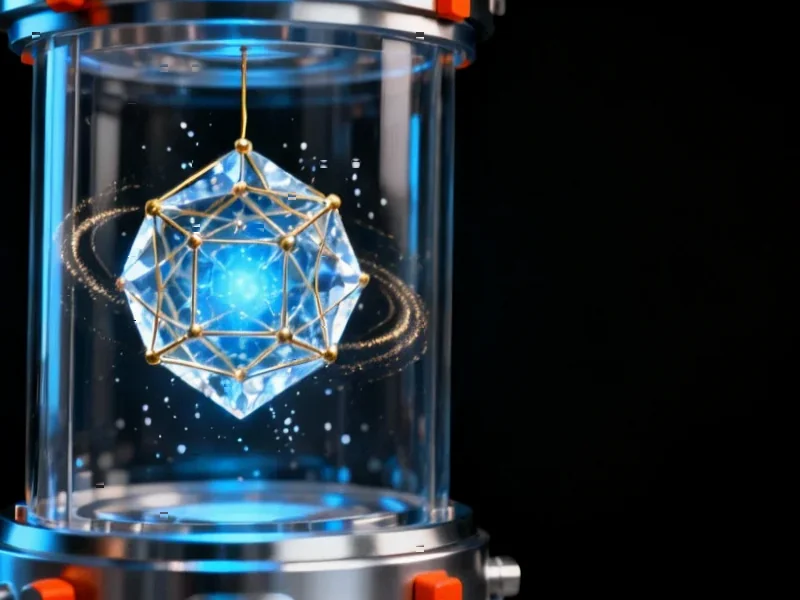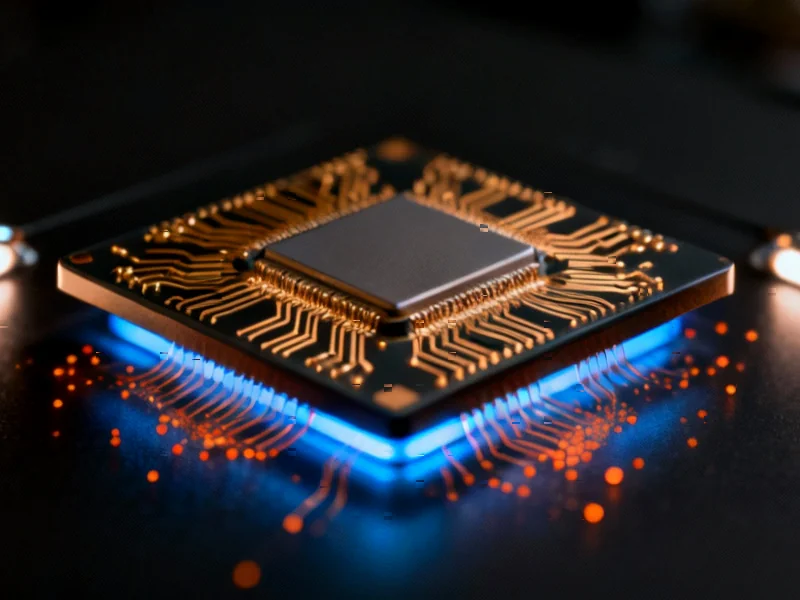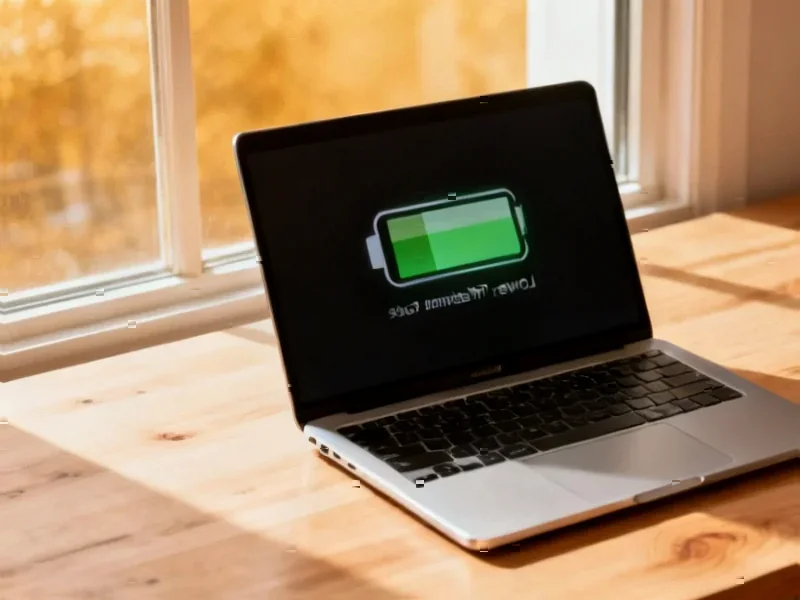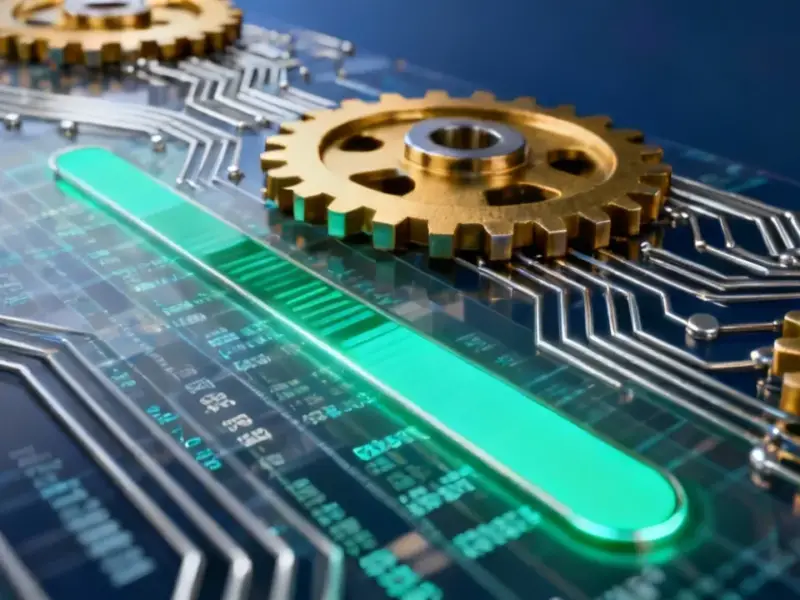According to SciTechDaily, scientists from the RIKEN Center for Quantum Computing and Huazhong University of Science and Technology have developed a theoretical model for a “topological quantum battery” that could achieve near-perfect energy transfer. Their research, published May 6, 2025 in Physical Review Letters, reveals that these batteries could leverage topological properties of photonic waveguides combined with quantum behavior of two-level atoms. In a surprising twist, the team found that dissipation – typically considered harmful to battery performance – can actually provide a temporary power boost when it exceeds a critical threshold. The study suggests these devices could have major applications in nanoscale power storage, optical quantum communication, and distributed quantum computing networks.
<h2 id="quantum-batteries-explained”>Wait, What Even Are Quantum Batteries?
So here’s the thing about quantum batteries – they’re not like the AA batteries in your remote. They’re theoretical devices that use quantum effects like superposition and entanglement instead of chemical reactions to store energy. Basically, they’d be microscopic power sources that could charge way faster and store way more energy than anything we have today. The problem? They’ve been stuck in theory-land because real-world conditions mess with their delicate quantum states.
The Topology Game-Changer
Now this is where it gets interesting. The researchers figured out how to use topological properties – those characteristics that stay the same even when materials get bent or deformed. Think of it like a donut and a coffee cup both having one hole – you can squish and reshape them, but that fundamental property remains. By building this into photonic waveguides, they created a system that’s immune to many of the problems that usually kill quantum battery performance. And get this – they actually demonstrated that you could charge these things remotely without losing efficiency. That’s huge for practical applications.
The Dissipation Plot Twist
Here’s the real mind-bender from the study. Dissipation – you know, energy loss that engineers normally fight tooth and nail – can actually make these batteries charge faster under specific conditions. When dissipation crosses a certain threshold, there’s a temporary power boost. It’s like discovering that occasionally letting air out of your tires makes your car go faster. The researchers found this immunity to energy loss is confined to a single sublattice when the charger and battery are co-located. Who would’ve thought that the very thing we’ve been trying to eliminate could sometimes help?
So When Do We Get These?
Look, don’t go throwing out your power banks just yet. This is still theoretical work, and the researchers themselves say they’re working to “bridge the gap between theoretical study and practical deployment.” But the implications are massive if they can make this work. We’re talking about power sources for quantum computers, nanoscale devices that could run on microscopic amounts of energy, and distributed quantum networks that don’t lose power over distance. The team, led by Zhi-Guang Lu and Cheng Shang, seems genuinely optimistic about moving from theory to reality. You can check out their full paper at Physical Review Letters if you want the deep technical details.
Why This Actually Matters
Here’s the bottom line: we’re hitting limits with traditional battery technology. Lithium-ion improvements are getting incremental, and we need breakthrough approaches for the next generation of computing and energy storage. Quantum batteries represent one of those potential leaps. The fact that researchers are finding ways to make them work in messy real-world conditions – and even turn previous weaknesses into strengths – suggests we might be closer to practical quantum energy storage than we thought. It’s still early days, but this topological approach could be the key that unlocks a whole new energy paradigm.




